
William Rush Merriam was an American politician. The son of Minnesota House Speaker John L. Merriam, he served in the Minnesota House of Representatives in 1883 and 1887 and was the Speaker of the House in 1887. He served as the 11th Governor of Minnesota from January 9, 1889 to January 4, 1893. He was a Republican.

Arthur Sewall was a U.S. Democratic politician from Maine most notable as William Jennings Bryan's first running mate in 1896. As the Populist Party nominee, Bryan had another running mate as well, Thomas E. Watson. He was a member of the Democratic National Committee from 1888 to 1896. He also ran, unsuccessfully, for Senate in 1893 against Eugene Hale.
The only elective offices Sewall held were as councilman and alderman in the town of Bath, Maine.

The 1942 South Carolina gubernatorial election was held on November 3, 1942, during World War II, to select the Governor of South Carolina. Olin D. Johnston won the Democratic primary and ran unopposed in the general election, winning a second non-consecutive term as Governor of South Carolina.

The 1998 Alaska gubernatorial general election took place on November 3, 1998. The election resulted in a landslide for the Democratic incumbent, Tony Knowles, who had won the 1994 gubernatorial election by only 536 votes. Knowles was the first incumbent governor to attain re-election since 1978. As of 2019, this is the most recent election in which a Democrat was elected Governor of Alaska and the most recent election in which an Alaskan governor won a second full term.
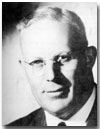
The California gubernatorial election, 1942 was held on November 3, 1942.

The 1946 Maine gubernatorial election took place on September 9, 1946. Incumbent Republican Governor Horace Hildreth, was seeking a second term, and faced off against Democrat F. Davis Clark. This election represented the first gubernatorial election in Maine following the end of the Second World War, and saw Hildreth easily win re-election

The 1944 Maine gubernatorial election took place on September 11, 1944. Incumbent Republican Governor Sumner Sewall, was term limited and could not seek re-election. Republican Maine Senate President Horace Hildreth faced off against Democrat Paul J. Jullien, and defeated him in one of the most lopsided elections in Maine history.
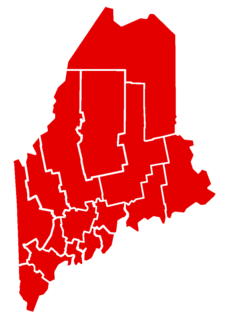
The 1940 Maine gubernatorial election took place on September 9, 1940. Incumbent Republican Governor Lewis O. Barrows was term limited and unable to seek re-election. Republican Maine Senate President Sumner Sewall faced off against Democrat Fulton J. Redman in the general election, beating him easily. This election was the last gubernatorial contest in Maine held prior to United States involvement in the second world war.
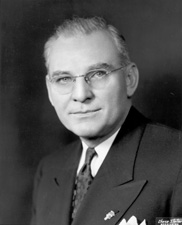
The 1944 Minnesota gubernatorial election took place on November 7, 1944. Republican Party of Minnesota candidate Edward John Thye defeated Minnesota Democratic–Farmer–Labor Party challenger Byron G. Allen. As the Democratic Party of Minnesota and Farmer–Labor Party merged earlier in the year, this was the first gubernatorial election in which the parties ran a combined ticket. The vote change below reflects the departure from the combined Democratic and Farmer–Labor totals in 1942.

The 1942 Minnesota gubernatorial election took place on November 3, 1942. Republican Party of Minnesota candidate Harold Stassen defeated Farmer–Labor Party challenger Hjalmar Petersen. This was the last election in which the Democratic Party of Minnesota and the Farmer–Labor Party ran separate candidates; in 1944, both parties ran under the umbrella of the Minnesota Democratic–Farmer–Labor Party.
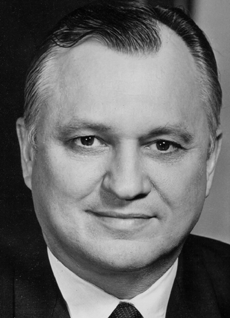
The 1990 Alaska gubernatorial election took place on November 6, 1990, for the open seat of Governor of Alaska. In 1989, incumbent Governor Steve Cowper, a Democrat, had announced that he would not seek re-election for a second term.
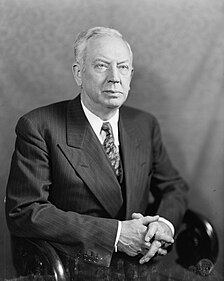
The Pennsylvania gubernatorial election of 1942 occurred on November 3, 1942. Incumbent Republican governor Arthur James was not a candidate for re-election. Republican candidate Edward Martin defeated Democratic candidate F. Clair Ross to become Governor of Pennsylvania.

The Vermont gubernatorial election of 1942 took place on November 3, 1942. Incumbent Republican William H. Wills ran successfully for re-election to a second term as Governor of Vermont, defeating Democratic candidate Park H. Pollard.

The 1942 Alabama gubernatorial election took place on November 3, 1942, to elect the Governor of Alabama. Incumbent Democrat Frank M. Dixon was term limited, and could not seek a second consecutive term.

The 1942 Arizona gubernatorial election took place on November 3, 1942. Incumbent Governor Sidney Preston Osborn ran for reelection, and easily defeated a challenge from former Governor Robert Taylor Jones in the Democratic primary, who Osborn also defeated in 1940.
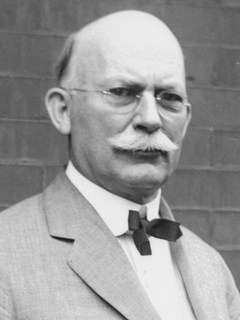
The 1942 Nebraska gubernatorial election was held on November 3, 1942, and featured incumbent Governor Dwight Griswold, a Republican, defeating Democratic nominee, former Governor Charles W. Bryan, to win a second two-year term in office.

The Wyoming gubernatorial election of 1942 took place on November 3, 1942. Incumbent Republican Governor Nels H. Smith ran for a second term as Governor of Wyoming, but narrowly lost the general election to Democratic Secretary of State Lester C. Hunt.





















